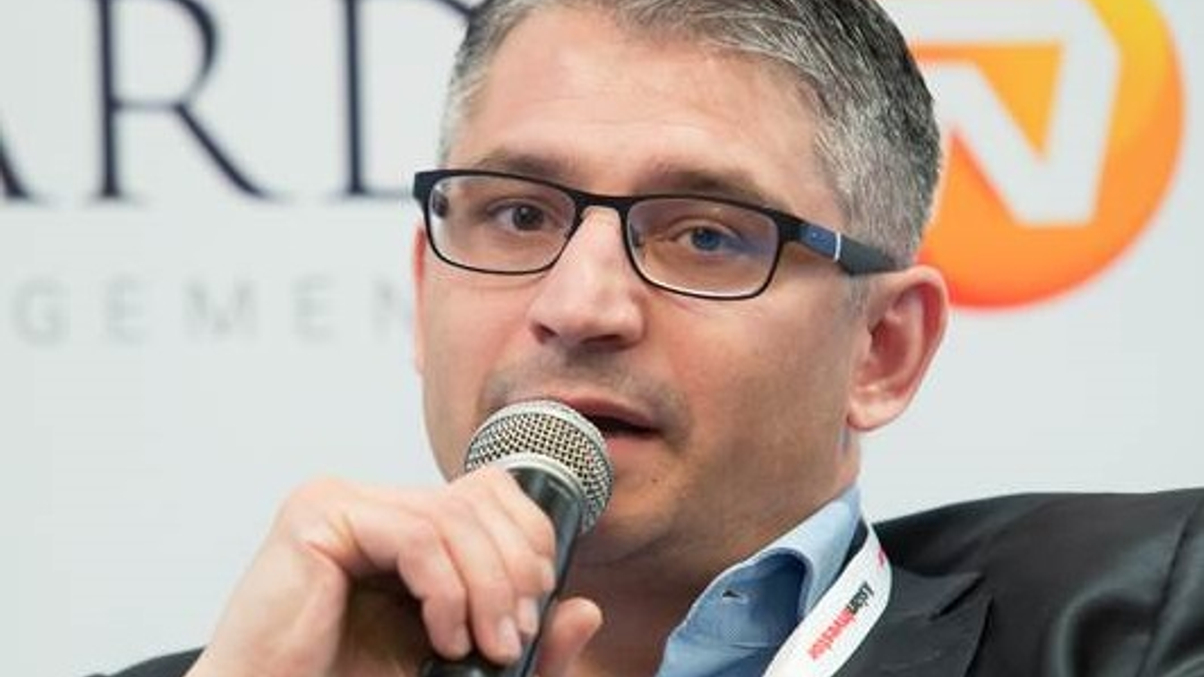LPs voice concerns about big PE funds
Allocators at wealth management firms in Asia explain why they are favouring small and mid-market private equity firms. Regional PE secondaries are also tipped as a good opportunity.

Private equity firms that have raised ‘mega-funds’ in recent years may be victims of their own success. Allocators at wealth management firms in Asia have expressed concern about how multi-billion-dollar vehicles will deploy that capital, suggesting that small or mid-market players are a better bet.
Sign in to read on!
Registered users get 2 free articles in 30 days.
Subscribers have full unlimited access to AsianInvestor
Not signed up? New users get 2 free articles per month, plus a 7-day unlimited free trial.
¬ Haymarket Media Limited. All rights reserved.


